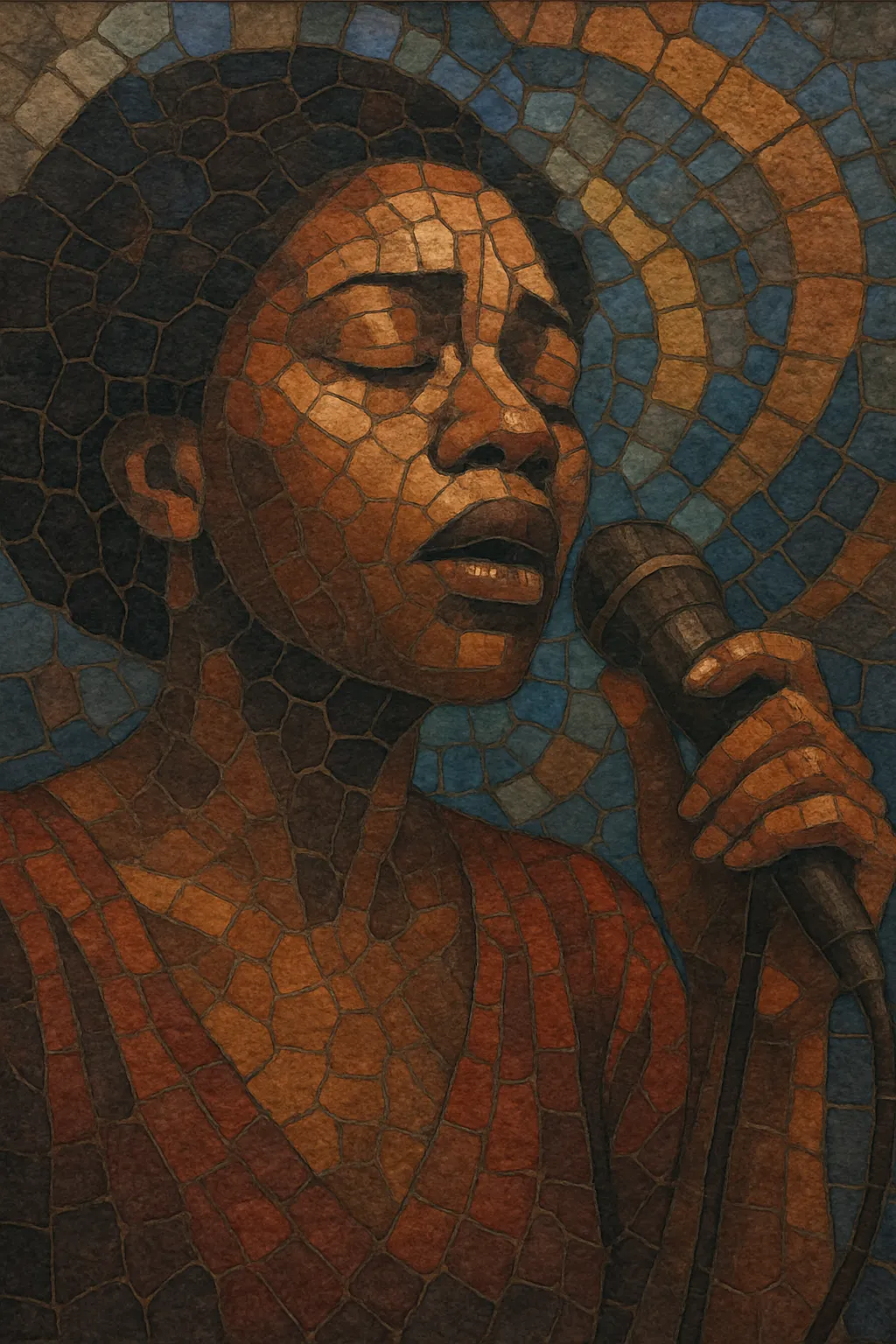Deep soul is a raw, gospel-drenched strain of soul music that crystallized in the American South in the mid-1960s. It is defined by impassioned, church-influenced vocals; earthy rhythm sections; warm, live horn arrangements; and a focus on emotional immediacy over studio polish.
Typically recorded at studios such as Stax (Memphis), FAME (Muscle Shoals), and Hi Records (Memphis), deep soul blends blues grit, rhythm & blues structures, and gospel’s call-and-response into slow-burning 12/8 ballads and fervent mid-tempo stompers. Lyrically it centers on heartbreak, devotion, betrayal, resilience, and everyday struggle, delivered with fervor that borders on testimonial.
Deep soul emerged out of the Southern United States as a particularly intense, gospel-rooted form of soul. Building on the foundations of rhythm & blues and blues, singers brought church-honed techniques—melisma, testifying, and call-and-response—into secular songs. Key incubators included Stax Records in Memphis, the FAME Studios scene in Muscle Shoals, and later Hi Records, where house bands and horn sections shaped a warm, organic studio sound.
By the mid-1960s, deep soul reached its creative peak. Records by Otis Redding, James Carr, O.V. Wright, Percy Sledge, Wilson Pickett, and Aretha Franklin showcased searing vocals over taut grooves and punchy horn lines. The production ethos prized feel over finesse: minimal overdubs, live rhythm sections, and arrangements that left space for the singer’s intensity.
In the early 1970s, smoother styles such as Philadelphia soul and later quiet storm gained commercial traction, while funk’s rhythmic innovations reshaped Black popular music. Deep soul did not disappear; it persisted on regional labels and in southern circuits, while its vocal style and songwriting continued to influence artists across soul, blues, and R&B.
Collectors, reissue labels, and Northern Soul-adjacent scenes helped canonize deep soul’s catalog. Its aesthetic—earthy instrumentation, gospel-charged performance, and emotionally candid lyrics—became a touchstone for neo soul and modern roots-soul recordings. Contemporary artists and producers frequently reference the Memphis/Muscle Shoals palette, and hip-hop and R&B continue to sample and reinterpret deep soul’s classic performances.


